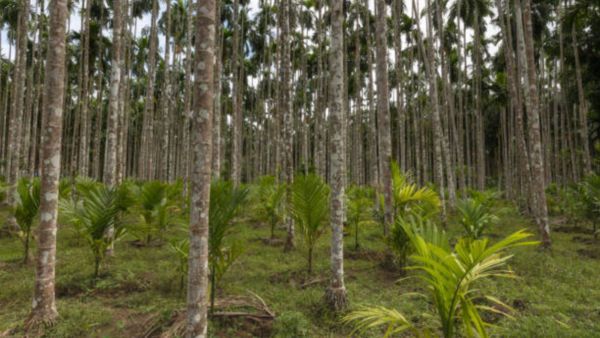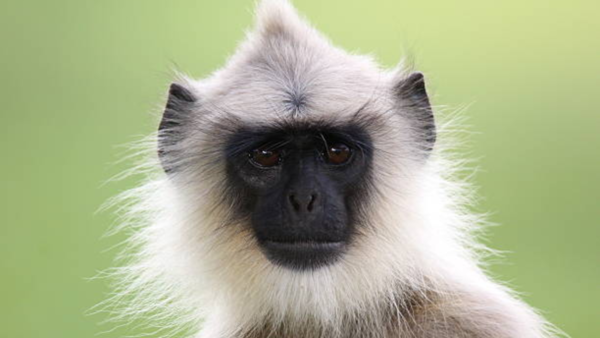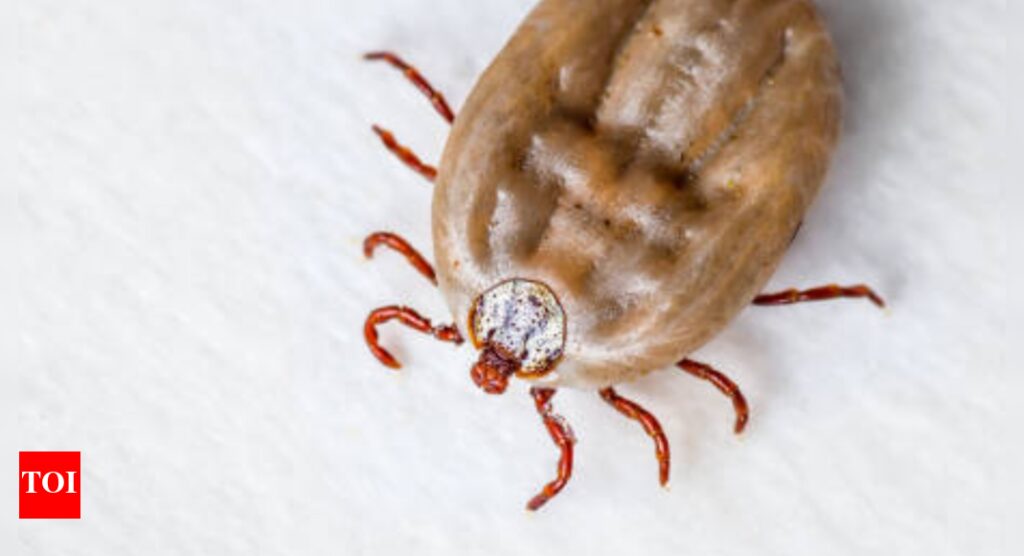As of April 2025, Kyasanur Forest Disease (KFD), which is also known as “monkey fever,” is on the rise in Karnataka, especially in the Shivamogga and Chikkamagaluru districts. This tick-borne viral disease is of serious health concern to people who live in and around forest belts. Learning its symptoms, modes of transmission, and prevention measures is important in reducing its effect.
What Is Kyasanur forest disease?
KFD is viral hemorrhagic fever that is due to the Kyasanur Forest Disease Virus (KFDV) belonging to the Flaviviridae family. It was initially detected in 1957 in the Kyasanur Forest of Karnataka. Humans are infected mainly through the bite of infected hard ticks, especially Haemaphysalis spinigera. The virus exists in forest ecosystems among small mammals, monkeys, and ticks. Human beings are incidental hosts and do not play a role in the transmission cycle.

Poll
Should local healthcare systems prioritize the development of an effective vaccine for KFD?
Symptoms of KFD
The incubation period of KFD is between 3 and 8 days after exposure. The illness typically comes in two phases:
First phase:
- Rapid onset of high fever and chills
- Severe headache
- Severe back and limb pain
- Nausea and vomiting
- Diarrhea
- Photophobia (sensitivity to light)
- Bleeding manifestations like bleeding gums, nosebleeds, and hematemesis or hematochezia
This phase generally lasts for approximately a week.
Second Phase (in about 10–20% of the cases):
- Fever recurrence
- Neurological manifestations such as severe headache, mental alterations, tremors, and visual disturbances
- In serious cases, seizures and loss of consciousness
Recovery may take several weeks, and prolonged weakness and neurological complications have occurred in some patients.
Current outbreak in Karnataka
The 2025 epidemic has been exceptionally acute in the Malenadu zone, covering the Shivamogga and Chikkamagaluru districts. Deforestation, land use change, and climatic factors like inadequate rains and extreme heat have all played a role in the increase of the tick population, elevating the transmission risk of KFD. According to Mongabay India, the abrupt removal of the KFD vaccine due to a decrease in potency has exposed locals and healthcare professionals to risks.
Transmission and risk factors
KFD is passed on to humans via the bite of infected ticks. Exposure to forested lands, including farming, hunting, and firewood collection, puts one at increased risk of being bitten by a tick. Person-to-person transmission of the disease does not occur. Contact with infected animals, especially monkeys, can also put one at risk. The major transmission period ranges from November to June.

Diagnosis and treatment
Diagnosis of KFD is by laboratory tests, including Polymerase Chain Reaction (PCR), virus isolation, and serological detection of antibodies in blood. There is no antiviral treatment for KFD; supportive care aims to relieve symptoms and avoid complications. This entails fluid balance, oxygenation, blood pressure control, and the treatment of secondary infections. Most patients recover fully with early medical intervention, but the disease is fatal in 3 to 5% of cases.
Prevention strategies
Avoidance of KFD is done by reducing exposure to tick-infested habitats and implementing protective measures:
- Wearing body-covering protective clothing
- Application of insect repellents with DEET on the skin and clothes
- Avoiding contact with ill or dead animals, particularly monkeys
- Performing frequent tick checks after traveling in forested zones
- Vaccination in areas where it is endemic, even though recent vaccine withdrawal may render current availability sparse
Health officials are keeping a close eye on the epidemic and taking measures to contain the spread of KFD. The efforts include campaigns for public awareness, distribution of protective equipment, and efforts toward developing and disseminating an effective vaccine. The residents in areas affected by KFD are recommended to be alert, adopt preventive measures, and immediately seek medical care if they develop symptoms.


